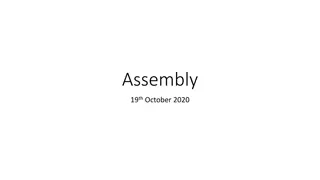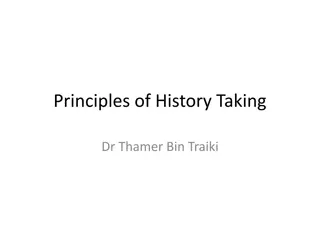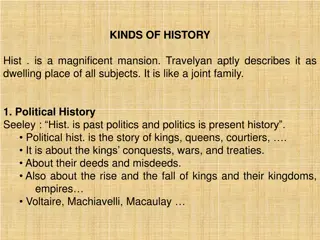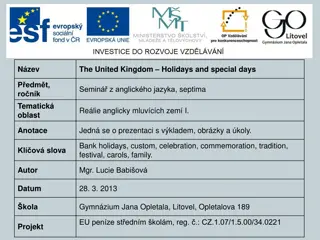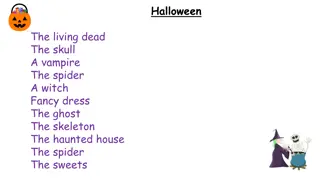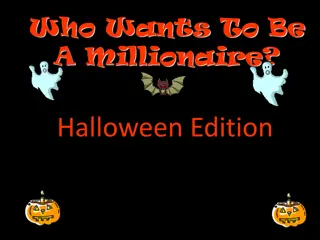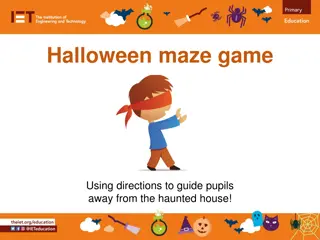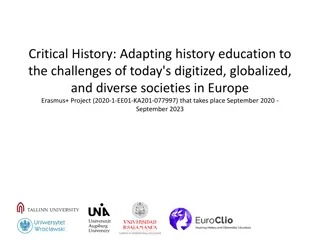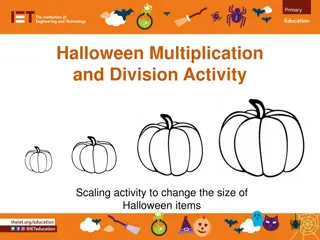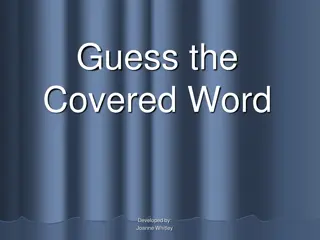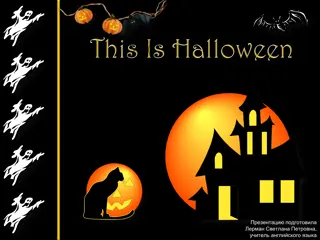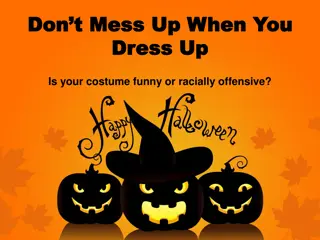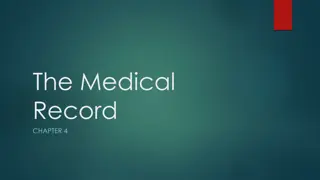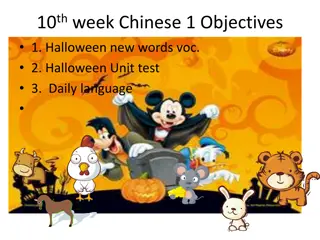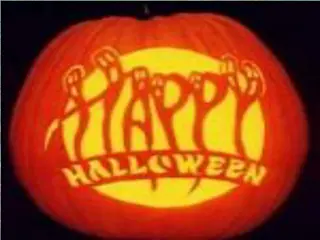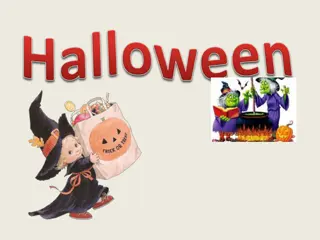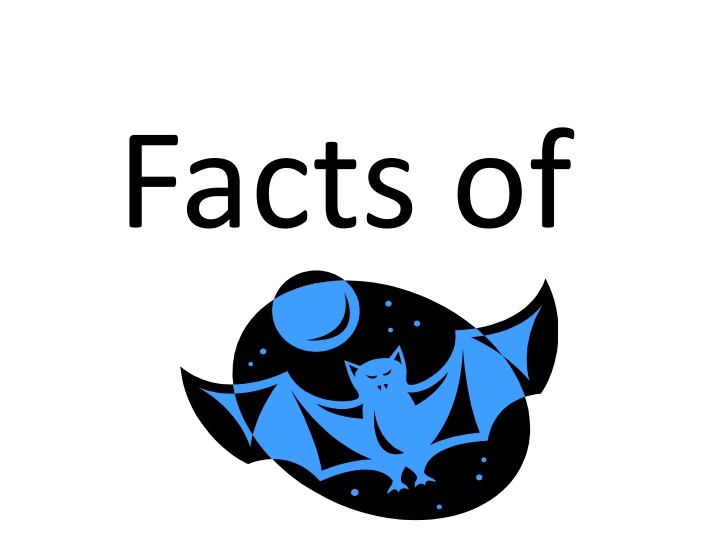
Origins and Traditions of Halloween
Discover the fascinating origins and traditions of Halloween, including its roots in the Catholic Church, Mexican celebrations, and the influence of Celtic festivals. Learn how the custom of trick-or-treating evolved and the historical significance behind this popular holiday. Uncover the evolution of Halloween parties, the transition to trick-or-treating to prevent vandalism, and the cultural impact of this festive occasion.
Download Presentation

Please find below an Image/Link to download the presentation.
The content on the website is provided AS IS for your information and personal use only. It may not be sold, licensed, or shared on other websites without obtaining consent from the author. If you encounter any issues during the download, it is possible that the publisher has removed the file from their server.
You are allowed to download the files provided on this website for personal or commercial use, subject to the condition that they are used lawfully. All files are the property of their respective owners.
The content on the website is provided AS IS for your information and personal use only. It may not be sold, licensed, or shared on other websites without obtaining consent from the author.
E N D
Presentation Transcript
Halloween actually has its origins in the Catholic Church. It comes from a contracted corruption of All Hallows Eve. November 1st, All Hallows Day (or All Saints Day) is a Catholic day of observance in honor of saints.
In Mexico, they celebrate El Dia de los Muertos or the Day of the Dead starting the evening of October 31st.
The custom of Halloween was brought to America in the 1840s by Irish immigrants fleeing their country s potato famine.
On November 2nd, All Souls Day, early Christians would walk from village to village begging for soul cakes. This is one origin of trick-or-treating.
The Celtic festival of Samhain is the basis for Halloween. Samhain, All Hallowtide, the feast of the dead in Pagan and Christian times, signalizing the close of harvest and the initiation of the winter season.
The day itself did not grow out of evil practices. It grew out of the rituals of the Celts celebrating a new year, and out of Medieval prayer rituals of Europeans.
In the 1800s, people started to have Halloween parties. Part of the celebrations included costumes, fortune telling, and games such as bobbing for apples.
At the turn of the century, cities were overcrowded and Halloween marked the time to let off steam by playing practical jokes. By the 1930 s, things had gotten out of hand and serious damage was being done on Halloween. Trick or treating was promoted as an alternative to vandalism.
The Celts believed the souls of the dead visited the earth every October 31st.
Other Names
All Hallows Eve Samhain All Hallowtide The Feast of the Dead
The Legend of the Jack-O-Lantern A man named Jack, who was notorious as a drunkard and a trickster, tricked Satan into climbing a tree. Jack then carved an image of the cross into the tree s trunk, trapping the devil up the tree. Jack made a deal with the devil that, if he would never tempt him again, he would promise to let him down the tree.
According to the folk tale, after Jack died, he was denied entrance to heaven because of his evil ways, but he was also denied access to hell because he had tricked the devil. Instead, the devil gave him a single ember to light his way through the frigid darkness. The ember was placed inside a hollowed out turnip to keep it glowing longer.
The Irish used turnips as their Jack s lanterns originally. But when the immigrants came to America, they found pumpkins were far more plentiful than turnips.
The Celts believed all laws of space and time were suspended during this time, allowing the spirit world to intermingle with the living.
A cup of candy corn has fewer calories than a cup of raisins.
"Phasmophobia" is the fear of ghosts. "Samhainophobia" is the morbid fear of Halloween.
Eighty-two percent of children take part in Halloween festivities, as do 67 percent of adults.
This bulletin board has been submitted by: Darcy Klasna, Resident Assistant, Montana State University
This powerpoint was kindly donated to www.worldofteaching.com http://www.worldofteaching.com is home to over a thousand powerpoints submitted by teachers. This is a completely free site and requires no registration. Please visit and I hope it will help in your teaching.



